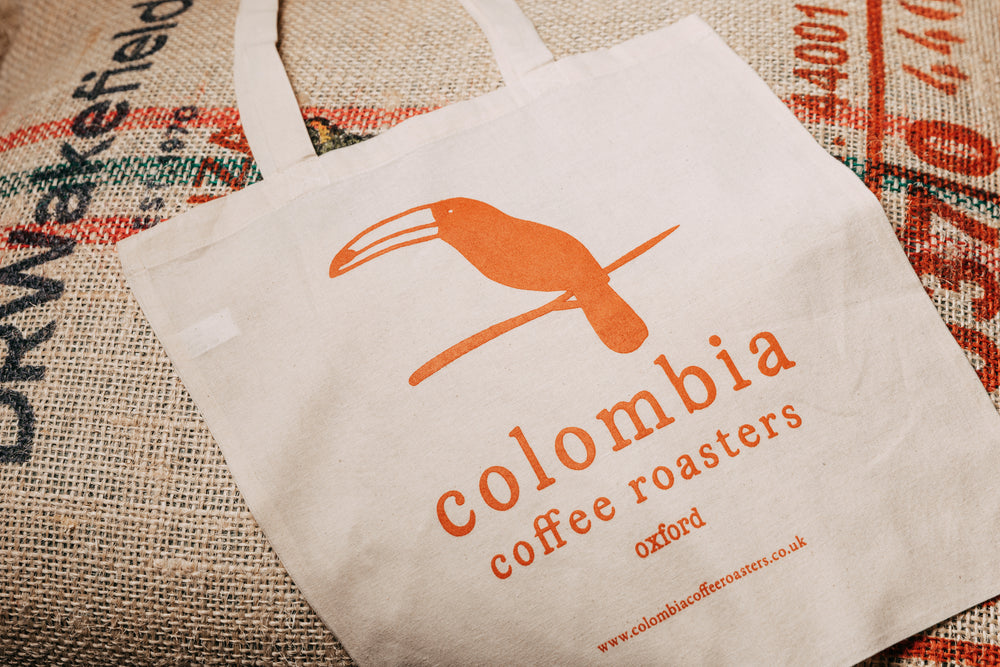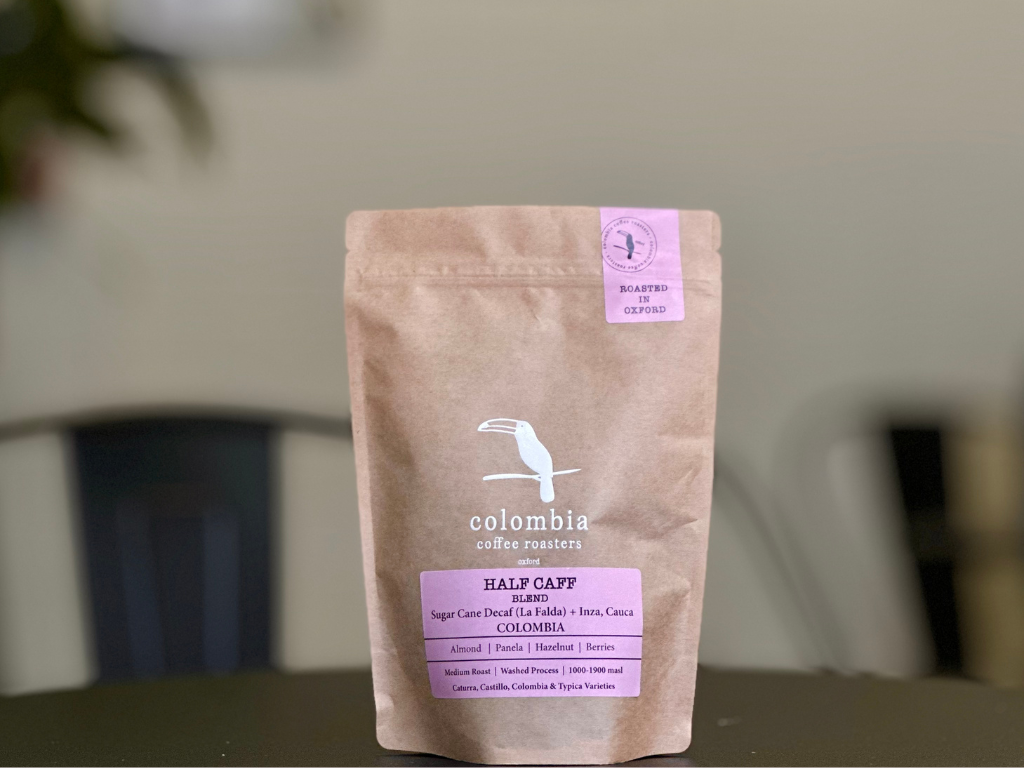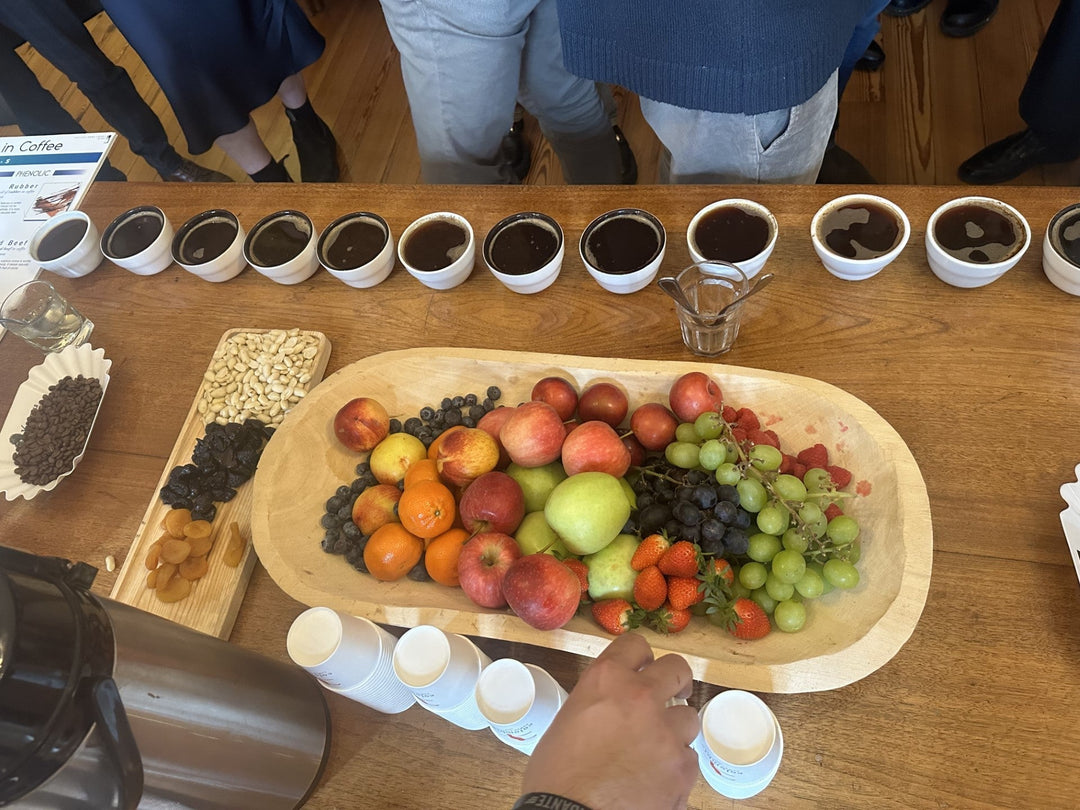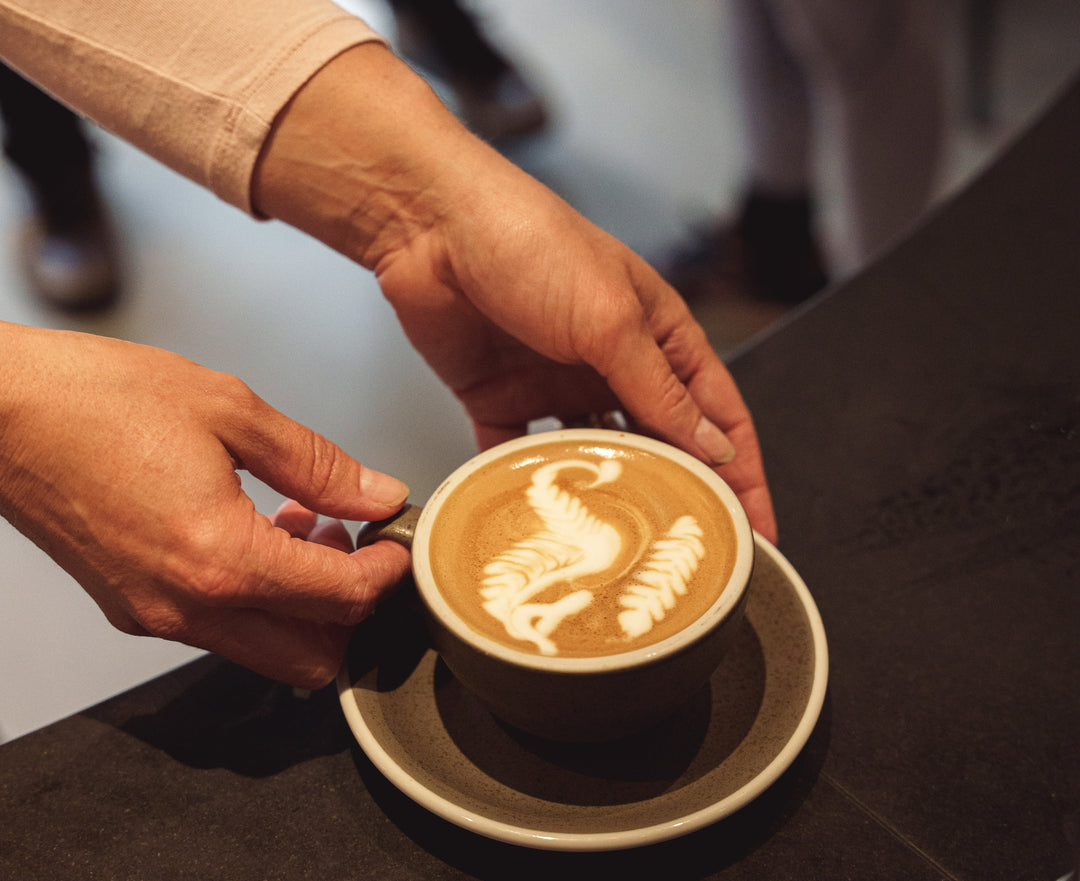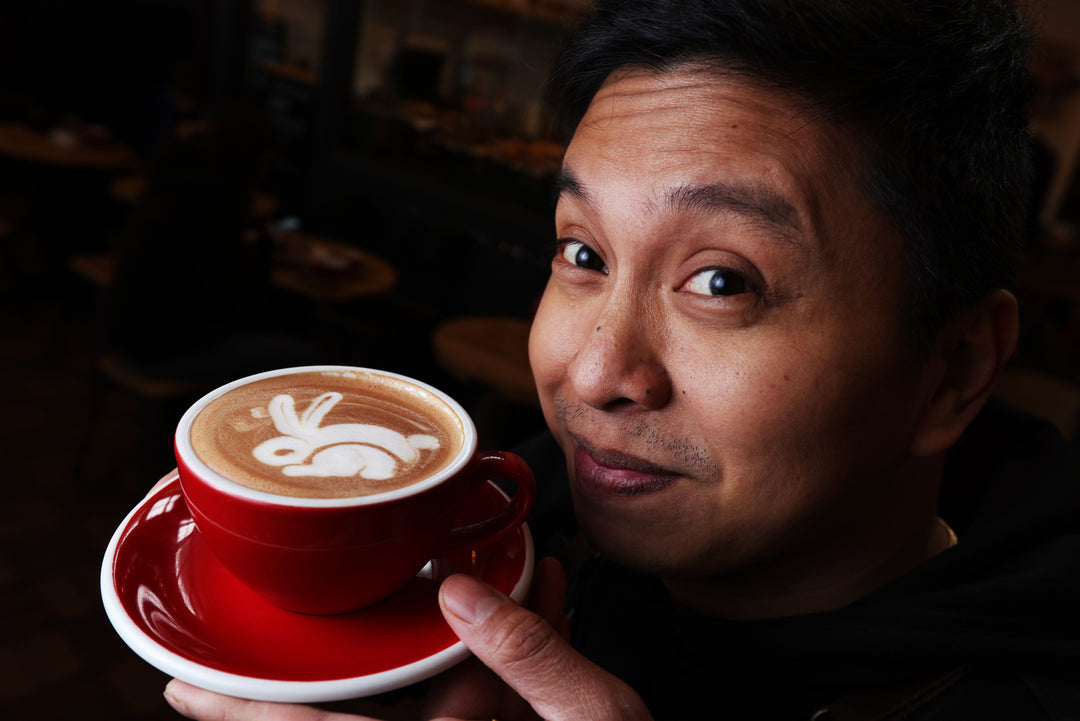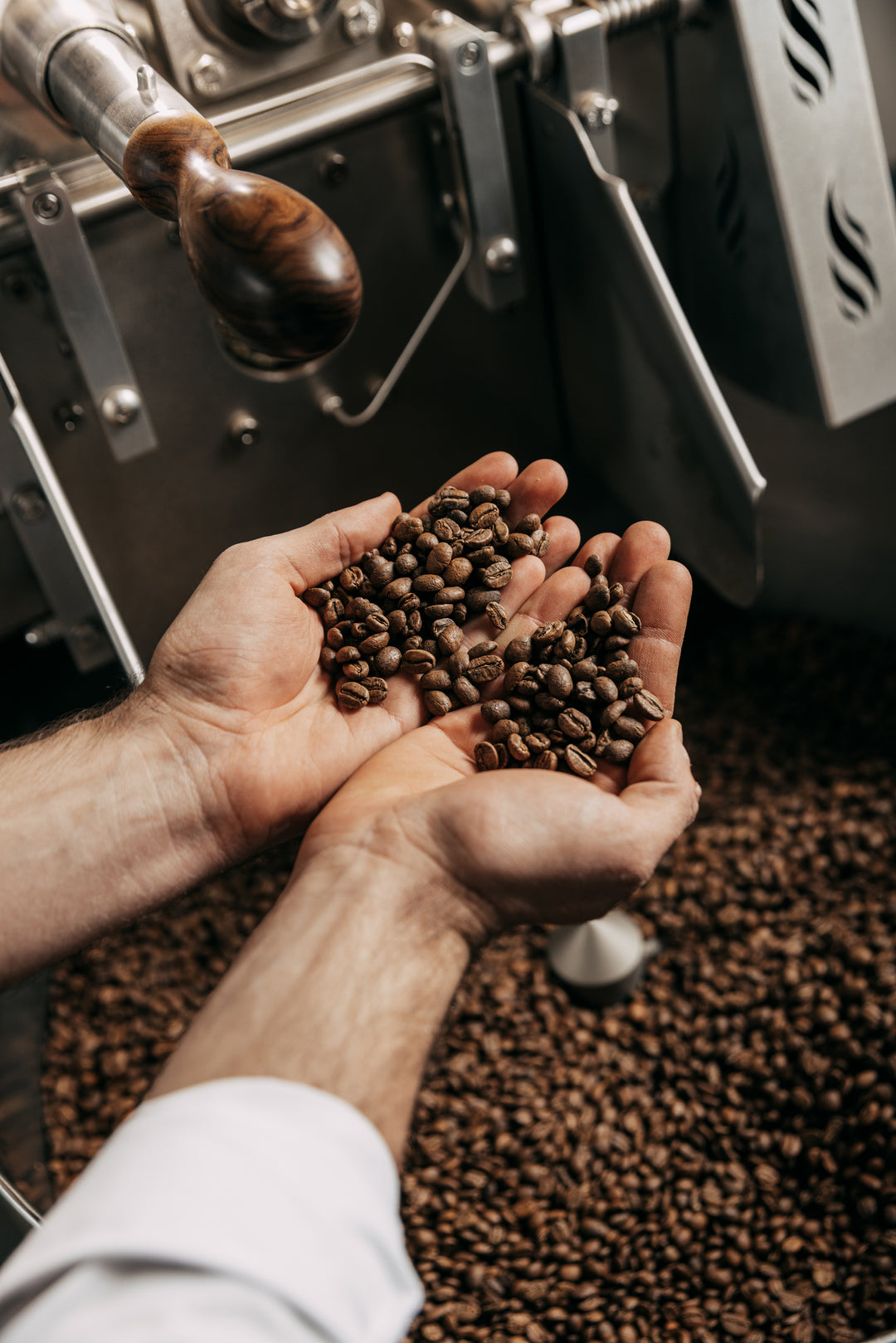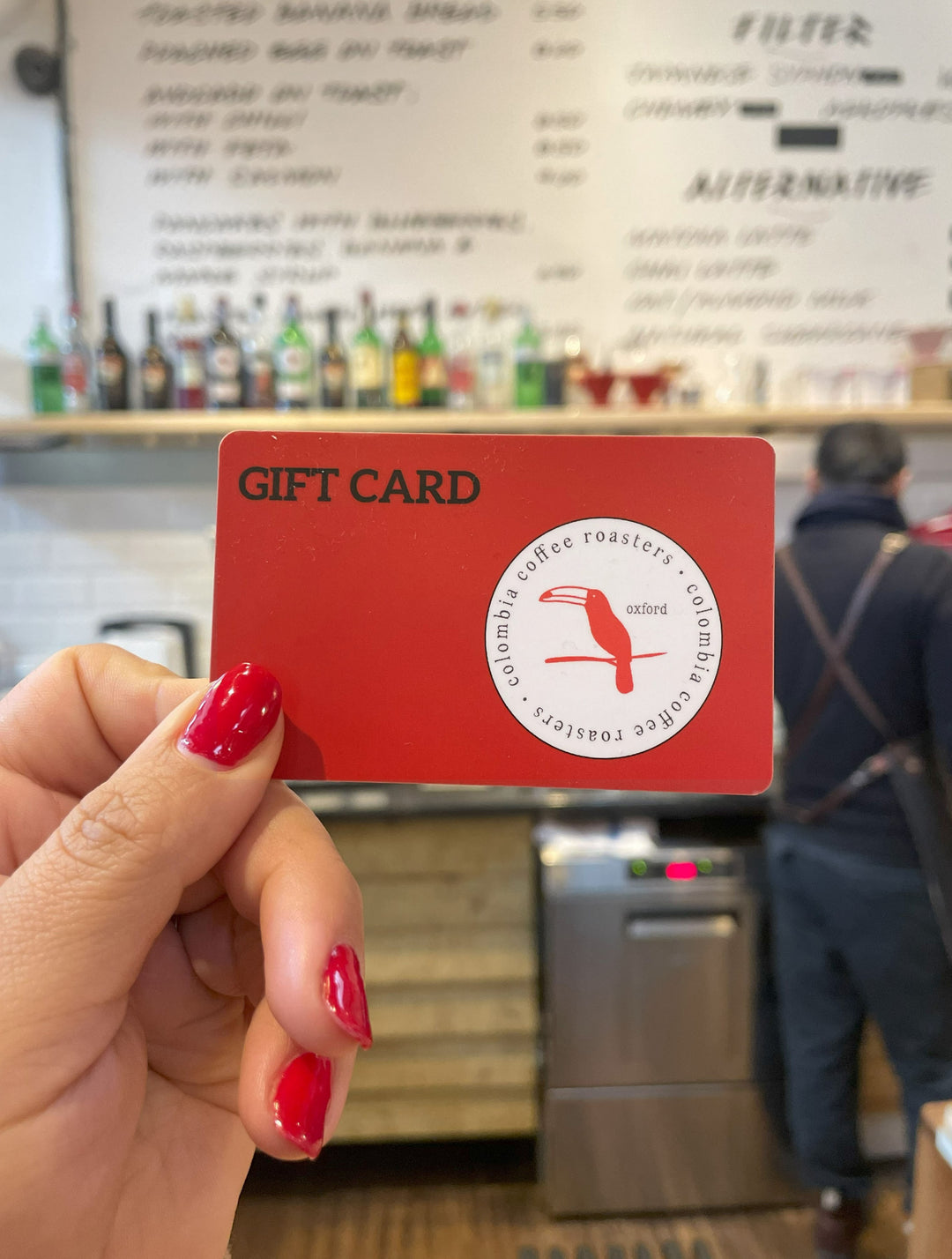Coffee: A sensory journey
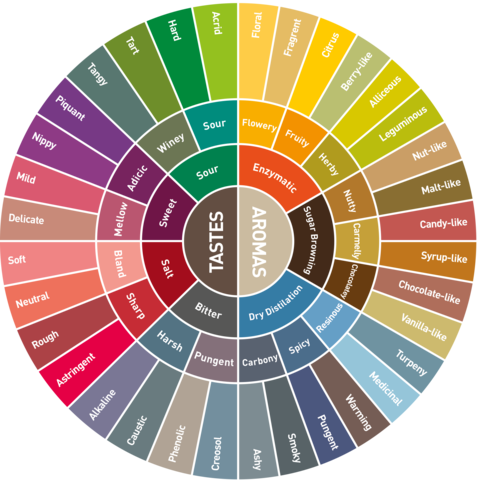
Ralf Rüller, owner of the renowned coffee shop and roastery The Barn in Berlin once said in an episode of the Right Roast, “If a coffee takes you through different flavours and then leaves your tongue, then you know that it is a quality cup.” Yet, what are these flavours? And what can we as coffee lovers do to identify these flavours? A member from our team wanted to find out exactly that. So she went to The Barn in Berlin and took a sensory tasting class with the Barn’s leading champion Barista Yuko Inoue.
What is Flavour?
The first thing that Yuko briefed us on was the difference between aroma and taste. Taste is defined as what we recognise in our mouth as the basic gustatory sensations: bitter, sweet, sour, salty and umami. On the other hand, aroma is either perceived through our nasal cavity (orthonasal) or through our oral cavity (Retronasal) and up to our olfactory epithelium. When we are talking about the flavour of a cup of coffee, we are talking about the perceived combination of taste, aroma and mouthfeel.
Testing the senses
To test our orthonasal perception, we did an Olfactory test. For this Yuko had set up a table of small bowls filled with different edibles that had varying aromas, such as; peanuts, apple pieces, Darjeeling tea etc. To begin with, we all smelt the contents of the bowls and had to then note down what the contents in the bowl were. After that, she poured hot water over the contents, covered the bowls with lids and shuffled them in a random order. Our task was now to match the smell to the contents of that which we had noted down earlier. We had to solely rely on our orthonasal perception. She asked us also to note down a coffee product that we associated with the smell. For example, chocolate flavour has a sweet aroma which is associated with Rwanda Mahembe coffee, Ethiopian coffee and Central American coffee.

We then proceeded to do a taste test, which is known as a Gustatory Test. Here we were tasting the sense of taste and its ability to recognise the five taste qualities. Having strong taste buds is very important as coffee extraction affects tastes significantly. For example, a strong extraction can make the coffee taste harsh or bitter, on the other hand, a weak coffee extraction makes the coffee taste sparse, faint or insipid. Yuko told us that the tastes that a strong extraction should aim for are strong and heavy robust. However, the optimal extraction should give a balanced and mouth filling taste.

The Iconic Coffee Taster’s wheel. Image from coffeeandhealth.org
Cupping Time
After testing our senses and teaching us what we needed to focus on when tasting coffee, Yuko announced that we were ready to do a cupping session. Cupping is a coffee tasting practice whereby one observes the tastes and aromas of a coffee.
Sensory analysis is very important as it enhances your coffee experience. We encourage all coffee lovers to book a sensory class as it will change the way that you experience coffee.
At Colombia Coffee Roasters, we value quality. Therefore, we work meticulously to only serve quality cups of coffee that take the consumer through a flavourful sensory journey. We do, however, give our consumers a compass by describing the flavours that each of our single origin coffees has, here in our online shop and on the blackboards in our cafe. If you are unsure about what flavours to look out for, our baristas are always happy to guide you and give you additional information.

